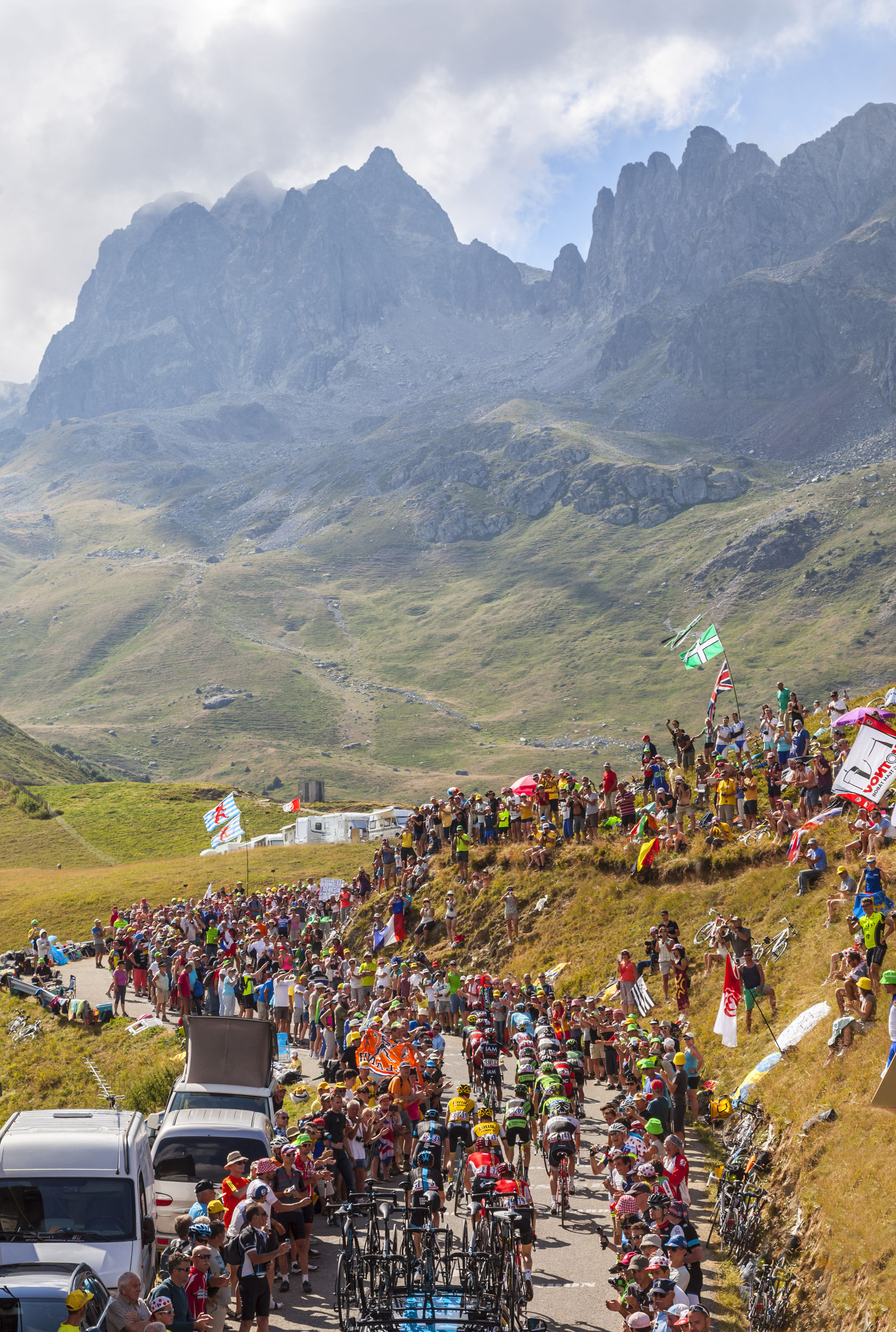Roll up, roll up – it’s the greatest show on earth. With an intriguing route and an incredible lineup, the 104th edition of the Tour de France is set to be a stunner. Iain Treloar tells you what you need to know.
The Tour de France needs little introduction. It’s the world’s biggest annual sporting event, with countless millions of viewers around the globe tuning in to watch the daily unfolding drama. With agonising climbs and daring descents, the racing is a thrill to watch – but there’s the added appeal of the best of the French countryside, serving as a backdrop. For the viewer at home the Tour is equal parts sporting spectacle and nightly escape.
For its 104th edition, the Tour is set to throw up some surprises. The 2017 route is an intriguing prospect, designed by the race director to be less predictable than recent years. The mountainous stages of the race are scattered throughout the race rather than clustered at the end, with the Tour visiting four separate mountain ranges – the Alps, Pyrenees, Vosges and Jura. The number of climbs is slightly down on previous years, but the ones that have made the cut are steeper and crueller. Time trial kilometres are also down on previous years, helping level the playing field for the pure climbers of the bunch.
Through the three weeks of the Tour, there are opportunities for the brawny sprinters, the escape artists and the spindly climbers alike.
From the race’s start in Germany, the Tour will visit Belgium and Luxembourg in the opening days, before finally reaching French soil. As early as stage 5, the leading contenders for the General Classification (GC, or yellow jersey) will need to fight for position. The race will truly come alive on stages 8 and 9 in the Jura mountains, before an uneasy peace returns for a couple of days. By stage 12 and 13, the gloves will be off again as the peloton enters the Pyrenees. Soon thereafter, the Alps are the setting for the climactic stage 17 and 18, with a summit finish on the Col d’Izoard likely to prove decisive. If it’s a close race – and there’s every reason to expect it will be – there’s still the time trial on stage 20 to come. In Marseilles, on the coast of the Mediterranean, the favourites will wring every last shred of energy out of their exhausted bodies to confirm or improve their position.
In all, it’s quite a balanced course and it’s genuinely difficult to predict who’ll walk away with the greatest prize in cycling by race’s end. Clip in and get ready for an incredible ride.
How to watch the Tour de France
SBS will be televising every stage live, with highlights packages every morning and evening. For viewing schedules in your state or to stream the race online, visit sbs.com.au/cyclingcentral/.
Who are the favourites?
Chris Froome: It’s hard to look past the Kenyan-born Brit as favourite for a fourth Tour title. Froome took a dominant win at the 2016 Tour, finishing over four minutes clear of the next best. He also won the Tour in 2015 and 2013, came second to team-mate Bradley Wiggins in 2012, and has finished on the podium at the Vuelta three times. For 2017, he’s again structured his year around the Tour, and with the backing of a powerhouse team, he has the resources for a methodical defence of his title. His 2017 form to this point has been a bit patchy – he finished an unremarkable 18th at the Tour de Romandie. However, a third place at the Critérium du Dauphiné (June 4–11) showed his form was on the up, even if he’s not looking as dominant as previous years – each of Froome’s Tour-titles has been preceded by a victory there.
Richie Porte: Australia’s greatest GC hope, Porte has shown tantalising glimpses of his potential in Grand Tours, and 2017 might just be his year. He narrowly missed the podium in 2016 after an ill-timed mechanical, but has had one of the best seasons of his already glittering career so far this year with popular wins at the Tour Down Under and Tour de Romandie. If he can maintain his form for the full duration of the Tour de France, he’s arguably Froome’s most dangerous rival – and could follow in the footsteps of Cadel Evans to give Australia another Grand Tour winner.
Alberto Contador: Alberto Contador is perhaps the greatest Grand Tour rider of his generation, and will be looking to go out with a bang in what may be his final season. He’s not won the Tour since 2009, but has shown impressive form this year – runner-up in Paris-Nice, Volta a Catalunya and Tour of the Basque Country. He’s well-rested and well-trained coming into the Tour, and is guaranteed to animate the race – and who knows, maybe even finish his career on a high.
Nairo Quintana: The Colombian climber has an impressive track record in Grand Tours, having finished on the podium six times and won the Giro and Vuelta. He’s yet to grab yellow at the Tour de France, however. It could go either way this year – the limited time trial kilometres play in his favour, but there’s a scarcity of tough summit finishes so his opportunities to take time on his rivals will be limited. Quintana is contesting the Giro/Tour double for 2017, and looked off his best form to finish second to Tom Dumoulin in the Giro. Whether that effort will condition him or leave him fatigued come July remains to be seen.
Alejandro Valverde: Co-leader at Movistar along with Nairo Quintana, Valverde is one of the most consistent and talented riders of the peloton, and has had a stunning season so far this year. Amazingly enough, Quintana and Valverde seem to have negotiated a balance between personal and team ambitions, and are a dynamic double act. For 2017, Valverde may actually be the stronger GC hope of the two – and while he’s not a stand-out favourite, he should never be discounted.
Romain Bardet: Second place to Froome last year, the young French climber is a thrill to watch and will be looking to go one better for 2017. His form doesn’t seem to be what it was last year, but he was starting to look dangerous at the Critérium du Dauphiné so it would be silly to discount him.
Rounding out the list of podium contenders are:
Simon Yates and Esteban Chaves: Orica-Scott’s hopes for Tour de France glory lie with these two young riders, who have developed into genuine podium chances. Chaves had a breakthrough season in 2016, with podiums in both the Giro and the Vuelta, but has been nursing a knee injury since February; it’s unclear whether the charismatic Colombian will be back to winning form in time for the Tour. The British rider Simon Yates is an impressive Plan B, and has been mixing it with the best in the world so far this season.
Fabio Aru: the Sardinian climber had a pretty anonymous Tour de France debut last year, failing to regain the highs of his 2015 season, which saw him win the Vuelta and finish second at the Giro. This year he has an injury cloud over his form, although he was showing strong improvements in the Dauphine and just took the Italian national championship in emphatic fashion. Although the rejigged Astana team lacks a little depth, he may yet produce a surprise result.
Jakob Fuglsang: a team-mate of Aru, Fuglsang came out of nowhere in the Dauphine to take the overall win and the final stage. His form over three weeks is a little uncertain – his best finish at the Tour is seventh, back in 2013 – but he’s showing all the signs of a mid-career renaissance, and may prove a very dangerous surprise package at the Tour this year.
Thibaut Pinot: a mercurial French climber, who’s showing some promising signs of form and finished just off the podium at the 2017 Giro. On his day, he’s great – but without a strong team to support him, he’ll need to be at his best.
The likes of Dan Martin, Louis Meintjes, Andrew Talansky and Rafal Majka are also likely to figure strongly at the pointy end of the race.
Thanks to a fairly balanced route and a number of riders with the form and motivation to challenge for the win, the stage is set for a memorable Tour de France.
THE STAGES
*recommended viewing
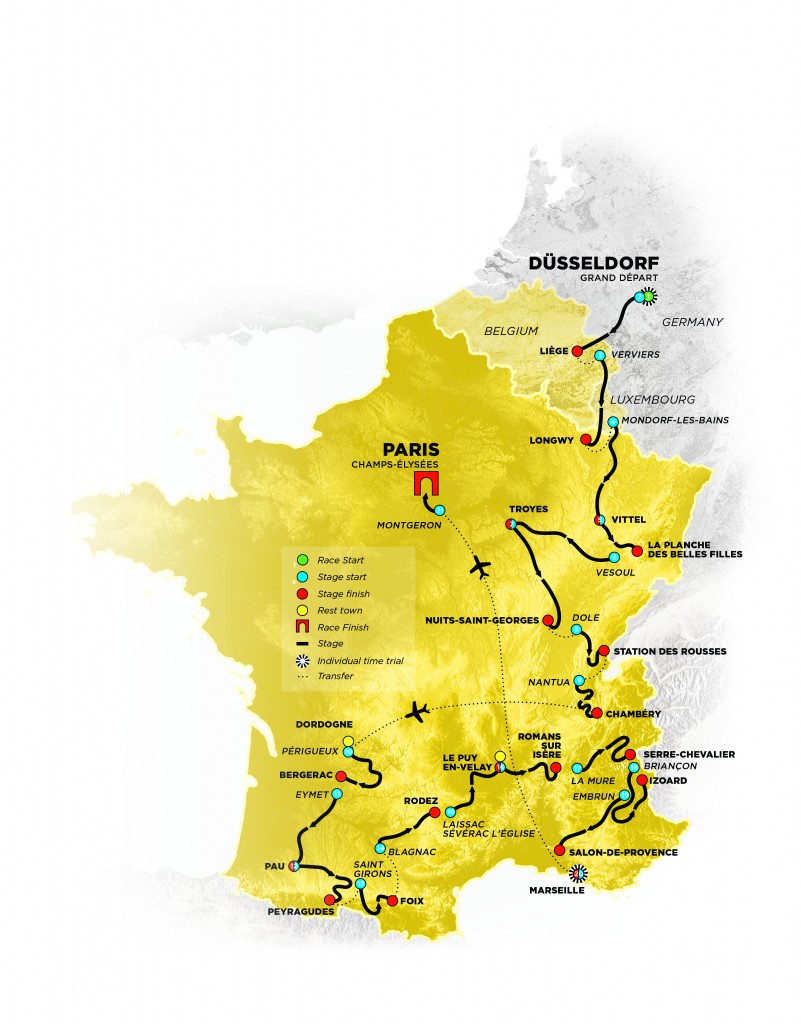
Stage 1 – Saturday July 1
Düsseldorf – Düsseldorf (Individual time trial)
14km
The 2017 Tour de France kicks off with an international excursion to Germany, and a time trial along the Rhine. Expect to see a specialist like local legend Tony Martin take the first yellow jersey of the Tour.
Stage 2 – Sunday July 2
Düsseldorf – Liège
203.5km
The first proper road stage of the Tour rolls gently through Germany, before crossing into Belgium to finish in Liège. It’s a day that seems custom-made for the sprinters, but that doesn’t mean a breakaway won’t try to ruin the party …
Stage 3 – Monday July 3
Verviers – Longwy
212.5km
On the Tour’s third day, the peloton will pass through three countries – Belgium, Luxembourg, and finally finishing in France. It’s a lumpy profile, which is sure to take its toll on the riders’ legs, and will climax with the sharp 1.5km climb to the finish at the citadel of Longwy. It’s one for the punchy riders of the bunch, with leading contenders including Peter Sagan, Michael Matthews or Simon Gerrans.
Stage 4 – Tuesday July 4
Mondorf-les-Bains – Vittel
207.5km
The sprinters have another opportunity to flex their legs with a long, but mostly flat, ride through France’s north-east. Enlivening proceedings is the chance of dangerous cross-winds – the big favourites can’t afford to be complacent.
Stage 5 – Wednesday July 5 *
Vittel – La planche des belles filles
160.5km
The first shake-up of the 2017 Tour comes fairly early, with a brief excursion into the Vosges mountains. The final climb has only featured in the race twice previously, and was the site of Chris Froome’s debut Tour stage-win (2012). With 6km at an average gradient of 8.5%, the worst comes last – the final pinch to the line is at a brutal 20%. It’s worth staying up for, if you can manage the midweek sleep-loss.
Stage 6 – Thursday July 6
Vesoul – Troyes
216km
The second longest day of the race is, thankfully, a fairly flat affair. With an uncomplicated run into the finish on wide roads, the lead-out trains of the specialists will be in furious battle for position and we can expect a fast sprint to close out the day.
Stage 7 – Friday July 7
Troyes – Nuits-Saint-Georges
213.5km
Stage 7 leads the peloton through the flat but fertile wine region of Burgundy, with the sprinters set to battle it out again. Cross-winds in the closing 40km of the stage may present a complication, and you can expect to see the Belgian and Dutch teams taking advantage of any opportunity this might present.
Stage 8 – Saturday July 8 *
Dole – Station des rousses
187.5km
The Jura mountains are the backdrop for the first serious mountain stage of the race, with constant climbing and descending from the 28th kilometre onwards. There are three main climbs to summit, with the last the longest – 11.7km at 6.4%. From there, it’s a rolling 12km to the finish. The top GC contenders are likely to neutralise each other – it’s not quite hard enough to be truly selective – but a bad day here could have a big impact on podium ambitions later on.
Stage 9 – Sunday July 9 *
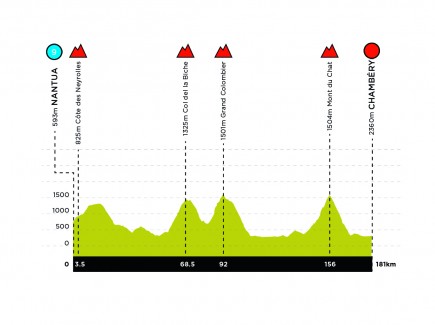
Nantua – Chambéry
181.5km
After the previous day’s entree to the mountains, it’s serious business on the 9th stage – four major climbs, and 4,600m of climbing. It’s uphill from the outset, and then there’s the Col de la Biche (10.5km at 9%), followed by the Grand Colombier (8.5km at 9.9%, with half over 12%) and Mont du Chat (8.7km at 10.3%). A downhill plunge toward the finish should make for a nail-biting finale.
Rest Day – Monday July 10
Dordogne
Stage 10 – Tuesday July 11
Périgueux – Bergerac
178km
After a tough time in the mountains and a well deserved rest day, the sprinters will no doubt be looking to make their presence known again. A mostly flat day’s riding brings the peloton to Bergerac in the Dordogne, a region known for its excellent wine.
Stage 11 – Wednesday July 12
Eymet – Pau
203.5km
The GC riders will be saving their energy, giving another opportunity for the sprinters or escape artists to make their mark on the race. The stage finishes in the town of Pau, nestled at the base of the Pyrenees.
Stage 12 – Thursday July 13 *
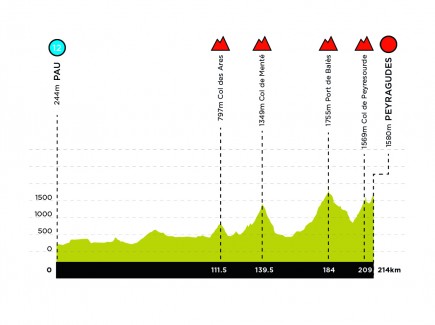
Pau – Peyragudes
214.5km
With five categorised climbs to contend with, the peloton’s entrance to the Pyrenees is a fairly rude one. Col de Menté is the first serious climb (9.2km at 9%), followed by the 18.9km Port de Balès. But the sting comes at the end of the stage with a 15.4km ascent of the Col du Peyresourde, followed by a brief descent and a final slug-out on brutal gradients to the finish at Peyragudes airport.
Stage 13 – Friday July 14 *
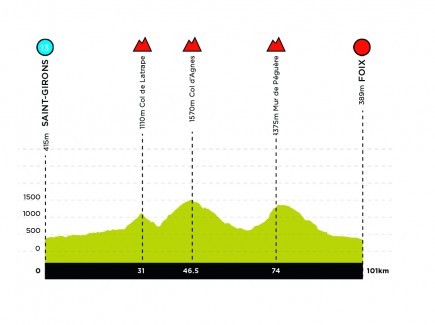
Saint-Girons – Foix
101km
It’s a very short but explosive Bastille Day in the Pyrenees, with three categorised climbs followed by a fast downhill finish. The second climb of the day, Col d’Agnes, is likely to thin things out, with 10.2km at 8.1%, but it’s the Mur de Péguère that will prove most decisive; a steady start is the prelude to gradients of up to 18% near the summit.
Stage 14 – Saturday July 15
Blagnac – Rodez
181.5km
Rolling hills are the order of the day as the Tour heads through France’s scenic south-west. It’s a tougher day than it looks on paper, culminating in two short but very nasty climbs at the finish. Expect fireworks from the likes of Peter Sagan, Alejandro Valverde and Greg van Avermaet.
Stage 15 – Sunday July 16
Laissac-Sévérac l’Église – Le Puy-en-Velay
189.5km
It’s a hilly rather than horrendous day as the race heads to the Massif Central. After undulating along the Aubrac Plateau for much of the day, the biggest obstacle of the day is the Col de Peyra Taillade (8.3km at 7.4%), which has some nasty stretches of up to 14%. A mostly downhill final 40km seems set to negate any losses here, however.
Rest Day – Monday July 17
Le Puy-en-Velay
Stage 16 – Tuesday July 18
Le Puy-en-Velay – Romans-sur-Isère
165km
Refreshed after the second rest day, the peloton have a couple of early climbs to contend with, before a fairly gentle conclusion in the Rhône valley. If the sprinters don’t get their way, it’s likely to be animated by either a breakaway or a crosswind.
Stage 17 – Wednesday July 19 *
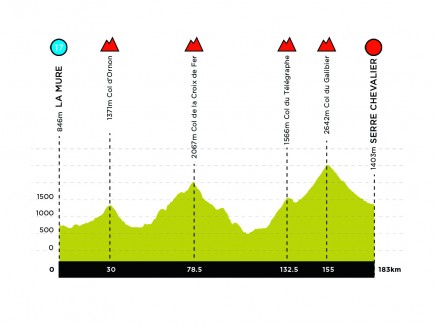
La Mure – Serre-Chevalier
183km
The first of two big days in the Alps is set to be a mesmerising day’s racing over some of the sport’s most iconic climbs – the Col de la Croix de Fer, followed by the fearsome double-whammy of the Col du Télégraphe and the Col du Galibier. From this highpoint of over 2,600m, it’s a screaming descent to the finish line. Not one to miss.
Stage 18 – Thursday July 20 *
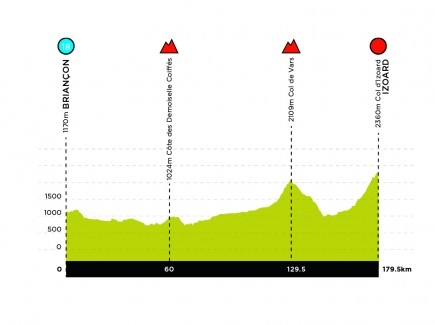
Briançon – Izoard
179.5km
It’s the final showdown for the climbers, but there’ll most likely be an uneasy truce for the opening 100km until the serious climbing gets underway. Col de Vars is first up – a 21.5km climb with a gentle beginning and a painful end. Finally, there’s a summit finish on the Col d’Izoard, with 32.7km of tough climbing. With a final 10km averaging over 9%, expect the top riders on the GC to leave everything on the road.
Stage 19 – Friday July 21
Embrun – Salon-de-Provence
222.5km
There’ll be more than a few tired legs in the bunch today – and the riders won’t be relishing the fact that it’s the longest stage of the Tour. There’s some comfort to be found in the fact that the ride through Provence has a flat finish, however. The day’s likely to come down to a bunch sprint – unless a breakaway can make it stick.
Stage 20 – Saturday July 22 *
Marseille – Marseille (Individual time trial)
22.5km
The final outcome of the Tour may well be decided in the Marseilles individual time trial, which will see the peloton skirt the Mediterranean and ride through the city’s streets. It seems one for the power riders, but a 1.2km climb at 9.5% midway will give the climbers some hope. Who’ll be crowned the winner of the 2017 Tour by day’s end?
Stage 21 – Sunday July 23
Montgeron – Paris Champs-Élysées
103km
On the GC front, the final stage of the Tour de France is a largely ceremonial affair, but as soon as the race gets to Paris, it’s no holds barred for the sprinters. For almost a decade, Cavendish, Kittel and Greipel have had a stranglehold on this stage. It’s almost guaranteed to come down to a bunch sprint again, but there have been surprises before …
THE TEAMS
WorldTour
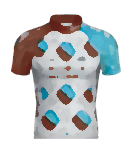 AG2R La Mondiale
AG2R La Mondiale
Bikes: Factor
Componentry: Shimano
Key riders: Romain Bardet, Pierre Latour, Jan Bakelants
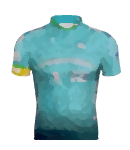 Astana Pro Team
Astana Pro Team
Bikes: Argon 18
Componentry: Shimano
Key riders: Fabio Aru, Jakob Fuglsang, Dario Cataldo
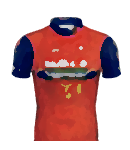 Bahrain Merida Pro Cycling Team
Bahrain Merida Pro Cycling Team
Bikes: Merida
Componentry: Shimano
Key riders: Janez Brajkovic, Tsgabu Grmay, Sonny Colbrelli
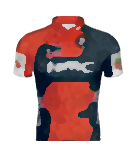 BMC Racing Team
BMC Racing Team
Bikes: BMC
Componentry: Shimano
Key riders: Richie Porte, Nicolas Roche, Greg van Avermaet
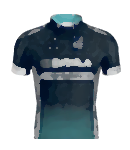 Bora – Hansgrohe
Bora – Hansgrohe
Bikes: Specialized
Componentry: Shimano
Key riders: Peter Sagan, Jay McCarthy, Rafal Majka, Emanuel Buchmann
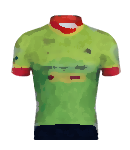 Cannondale-Drapac Pro Cycling Team
Cannondale-Drapac Pro Cycling Team
Bikes: Cannondale
Componentry: Shimano
Key riders: Pierre Rolland, Andrew Talansky, Rigoberto Uran, Taylor Phinney, Simon Clarke
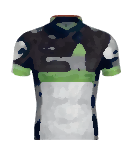 Dimension Data
Dimension Data
Bikes: Cervelo
Componentry: Shimano
Key riders: Mark Cavendish, Edvald Boasson Hagen, Stephen Cummings, Serge Pauwels
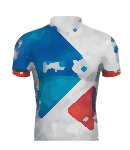 FDJ
FDJ
Bikes: Lapierre
Componentry: Shimano
Key riders: Thibaut Pinot, Arnaud Démare, Arthur Vichot
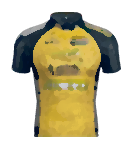 LottoNL-Jumbo
LottoNL-Jumbo
Bikes: Bianchi
Componentry: Shimano
Key riders: Robert Gesink, George Bennett, Thomas Leezer
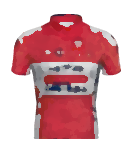 Lotto Soudal
Lotto Soudal
Bikes: Ridley
Componentry: Campagnolo
Key riders: Adam Hansen, Thomas de Gendt, Tony Gallopin, Andre Greipel
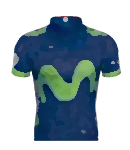 Movistar Team
Movistar Team
Bikes: Canyon
Componentry: Campagnolo
Key riders: Nairo Quintana, Alejandro Valverde, Jonathan Castroviejo, Andrey Amador
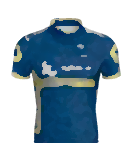 ORICA-Scott
ORICA-Scott
Bikes: Scott
Componentry: Shimano
Key riders: Esteban Chaves, Simon Yates, Roman Kreuziger, Luke Durbridge
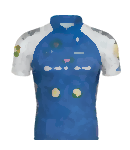 Quick-Step Floors
Quick-Step Floors
Bikes: Specialized
Componentry: Shimano
Key riders: Daniel Martin, Marcel Kittel, Matteo Trentin, Philippe Gilbert
T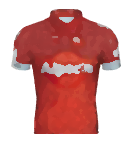 eam Katusha – Alpecin
eam Katusha – Alpecin
Bikes: Canyon
Componentry: SRAM
Key riders: Tony Martin, Alexander Kristoff, Tiago Machado
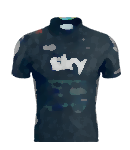 Team Sky
Team Sky
Bikes: Pinarello
Componentry: Shimano
Key riders: Chris Froome, Sergio Henao, Mikel Nieve, Mikel Landa, Michal Kwiatkowski, Geraint Thomas
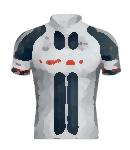 Team Sunweb
Team Sunweb
Bikes: Giant
Componentry: Shimano
Key riders: Michael Matthews, Warren Barguil, Simon Geschke, Laurens Ten Dam
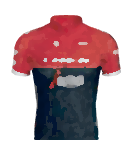 Trek – Segafredo
Trek – Segafredo
Bikes: Trek
Componentry: Shimano
Key riders: Alberto Contador, John Degenkolb, Jarlinson Pantano, Bauke Mollema, Haimar Zubeldia
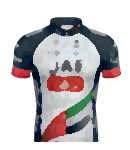 UAE Team Emirates
UAE Team Emirates
Bikes: Colnago
Componentry: Campagnolo
Key riders: Louis Meintjes, Vegard Stake Laengen, Diego Ulissi, Ben Swift
Procontinental teams
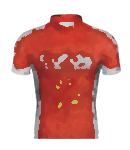 Cofidis, Solutions Crédits
Cofidis, Solutions Crédits
Bikes: Orbea
Componentry: FSA
Key riders: Nacer Bouhanni, Daniel Navarro, Cyril Lemoine
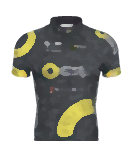 Direct Energie
Direct Energie
Bikes: BH
Componentry: Shimano
Key riders: Thomas Voeckler, Sylvain Chavanel, Lilian Calmejane
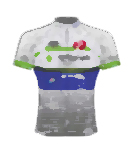 Fortuneo – Oscaro
Fortuneo – Oscaro
Bikes: Look
Componentry: Shimano
Key riders: Eduardo Sepúlveda, Dan McLay, Brice Feillu
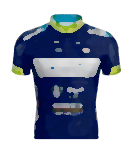 Wanty – Groupe Gobert
Wanty – Groupe Gobert
Bikes: Cube
Componentry: Shimano
Key riders: Yoann Offredo, Guillaume Martin, Dion Smith

